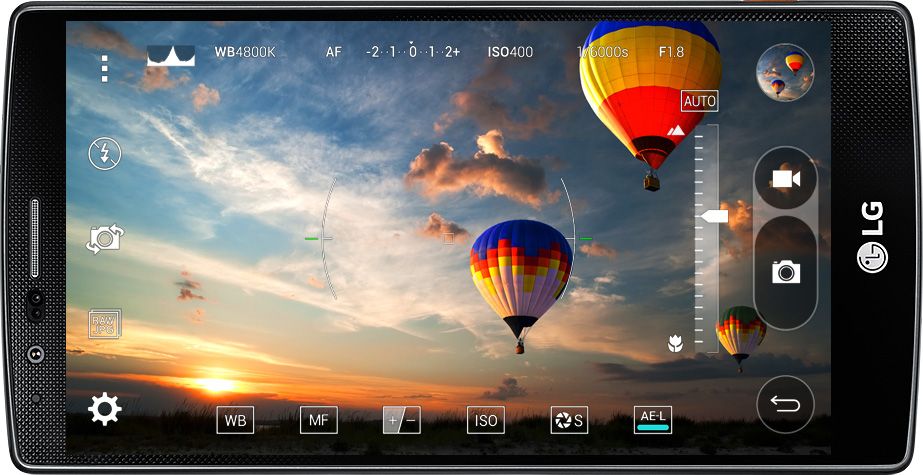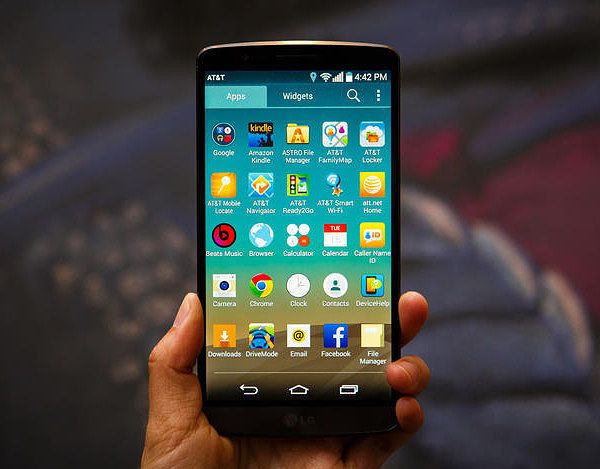7 smartphone trends that LG pioneered and others copied
After weeks of rumors, LG Electronics has officially announced it is shutting down its mobile phone business. While the writing has been on the wall for a while — LG’s mobile business has been a money-loser for the otherwise very profitable South Korean tech giant — it still leaves many of us phone enthusiasts sad.
For me, the swiveling two-screened LG Wing was a very well-built and clever device that brought genuine practicality to a new type of phone, and as our chief content officer Nirave shared on Twitter, LG’s mobile team tried many things when other brands were playing it safe.
Farewell LG, you've given us some incredible times! On the phone front, you tried things that others wouldn't and you're the reason we have Ultrawide cameras on every phone right now. I'll truly miss some of your phones https://t.co/kmrCpt3HpK
— Nirave 尼拉夫 (@nirave) April 5, 2021
Some of these things LG tried were complete flops, like the modular concept for the LG G5, or the hand vein scanning of the LG G8, but there were many more features that not only were proven useful but have since become the industry norm. Here are seven trends — listed in order of significance — LG smartphones started that are now common, expected features of the modern-day smartphone.
Capacitive Touchscreen
There is no doubt that the original iPhone was a groundbreaking device that altered the course of the smartphone industry. But the narrative that it practically re-invented the touchscreen for the smartphone era is not entirely accurate.

The LG Prada (or known by its codename LG KE850 in some regions) actually launched months before the first iPhone, and it featured a capacitive touchscreen too. This makes the LG Prada the first smartphone to use a touchscreen. Of course, Apple’s multi-touch which offered gestures like pinch-to-zoom is more refined, but if we are purely talking about who got there first, it was LG, not Apple.
Ultra-wide Angle Camera

The ultra-wide-angle camera is such a must-have feature for all smartphones at any price range today that it’s hard to believe that there was a two-year window when LG was the only smartphone brand offering it. The ultra-wide lens made its debut on the LG G5 during the spring of 2016, and it wasn’t until the fall of 2018 before the next Android brand (Huawei) adopted the lens. Samsung and Apple both jumped on the ultra-wide bandwagon in spring and fall of 2019 respectively.
Removing front hardware buttons for thinner bezels
Every smartphone nowadays — even budget ones — has a face that’s almost entirely screen. It wasn’t always that way: remember when smartphones had huge bezels that housed physical buttons that looked super clunky by today’s standards?

LG G2
The LG G2, released in September of 2013, was the first major release to do away with the physical buttons on the front for a cleaner look. Samsung and Apple wouldn’t make this same move until 2017 with the Galaxy S8 and iPhone X respectively.
Here’s a personal anecdote: I had been an iPhone user from 2007 all the way to fall of 2014 when I upgraded to the iPhone 6 Plus for the larger 5.5-inch screen but hated the large size of the phone. I saw my friend’s LG G3 and noticed it had the same screen size as my iPhone but in a far smaller package — because of the slimmer bezels. The next day I sold the iPhone 6 Plus and purchased an LG G3 and I have been an Android user ever since.

The iPhone G3 and the iPhone 6 Plus side-by-side courtesy of PhoneArena’s size comparison tool
Manual/Pro Camera Mode
A good smartphone camera should allow a user to point-and-shoot without thinking and churn out a good shot most of the time. That’s exactly the philosophy Apple and Google live by, hence their basic, almost bare-bones camera apps. But there are some enthusiasts who want more control, and that’s who LG had in mind when its G3 included “manual mode,” which gave users the ability to tweak settings like white balance, ISO, shutter speed, and focus area. A little more than a year later, LG would add manual controls to video shooting too in the V10.

Manual mode, now perhaps better known as “Pro Mode,” can be found in virtually every Android smartphone, except the Pixel, of course.
Quad HD Resolution Display

The last two years have seen most Android brands engaged in a display resolution arms race, with brands pushing for WQHD+ resolution (along with 120Hz) that drastically impacts battery life. Well, LG, for better or worse, was the first brand to push the idea that it might be worth sacrificing battery life for more pixels on the screen. The LG G3 was the first phone to offer Quad HD resolution (1440 x 2560) back when phone screens maxed out at 1080p. It led to mediocre battery life, but that screen looked oh so crisp back in 2014 I put up with it anyway, just like how I put up with the middling battery life of the OnePlus 9 Pro because WQHD+ and 120Hz look so, so smooth.
Longer/Taller Aspect Ratio

Smartphone screen sizes began getting larger and larger in the mid-2010s, to the point that phones like the Nexus 6, iPhone 6 Plus, and LG’s own V10 were quite difficult to hold comfortably with one hand. This made LG’s decision to go with a taller/narrower 18:9 aspect ratio (instead of the longstanding 16:9) with 2017’s G6 important because it allowed phone screens to keep inching upwards without making it too wide to hold. Samsung’s Galaxy S8 also deserves credit for pushing for an 18:9 aspect ratio too, but the LG G6 was introduced weeks before Samsung’s device.
Double-tap to Wake/Lock
Because LG moved the home button away from the front of the phone starting with the G2, it had to come up with an easier way for users to wake the phone screen. Their solution remains one of my favorite software features to date: double-tapping on the screen to wake or lock. It’s faster and requires less finger reach than pressing a side-mounted power button, and is also far more difficult to accidentally trigger than Apple’s single tap to wake (which was introduced with the iPhone X). Custom ROMs did have some different implementations of the same feature before the LG G2, but LG gets the credit for adopting it as an OEM.
LG was always willing to try new things — for better and for worse
There are myriad reasons for the demise of LG’s smartphone business. Its marketing could be hit and miss (remember the insistence on adding “ThinQ” to their phone names?) and it had some unfortunate hardware misfires like the bootloop issue with the G4. But ultimately I think the gigantic flop of the G5’s modular experiment, along with other niche experiments like the previously mentioned hand vein scanning led to consumers and media thinking of LG phones as “gimmicky”. LG also backtracked on its hardware decisions, which doesn’t exactly instill confidence when you hope to build a long-life ecosystem.
LG’s exit from the smartphone market is unfortunate because, for every failed gimmick, there were three-four genuinely useful features that stuck. And of course, as I said at the beginning, I thought the LG Wing was genuinely useful.

I will miss LG in the phone space — they were not afraid to try new things in an industry that can sometimes be full of boring copycats — and I’m thankful for the things they introduced to the mobile industry. Thank you, LG, for all that you gave to us.
The post 7 smartphone trends that LG pioneered and others copied appeared first on xda-developers.
from xda-developers https://ift.tt/3dPFher
via IFTTT
No comments: